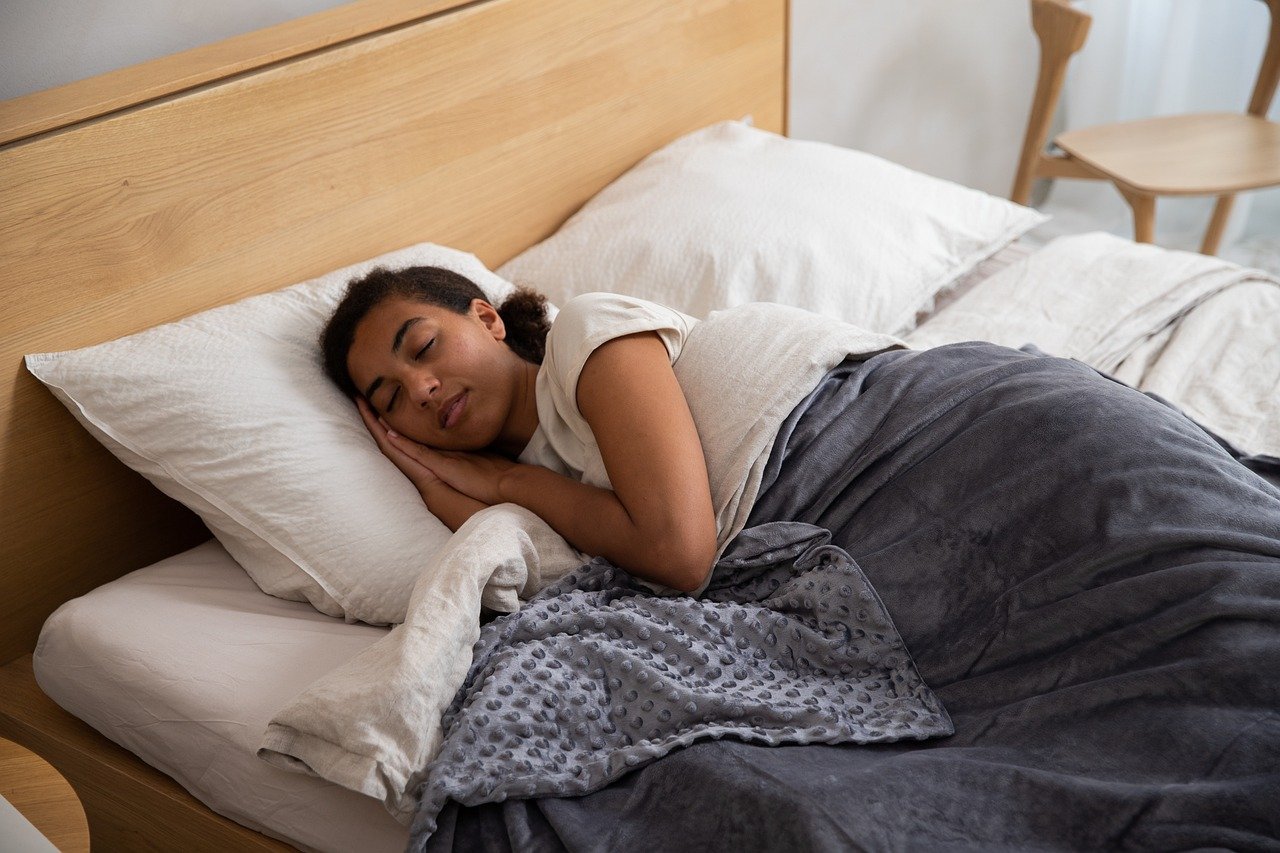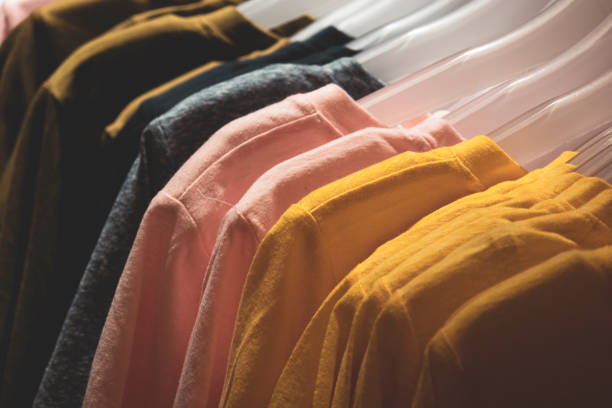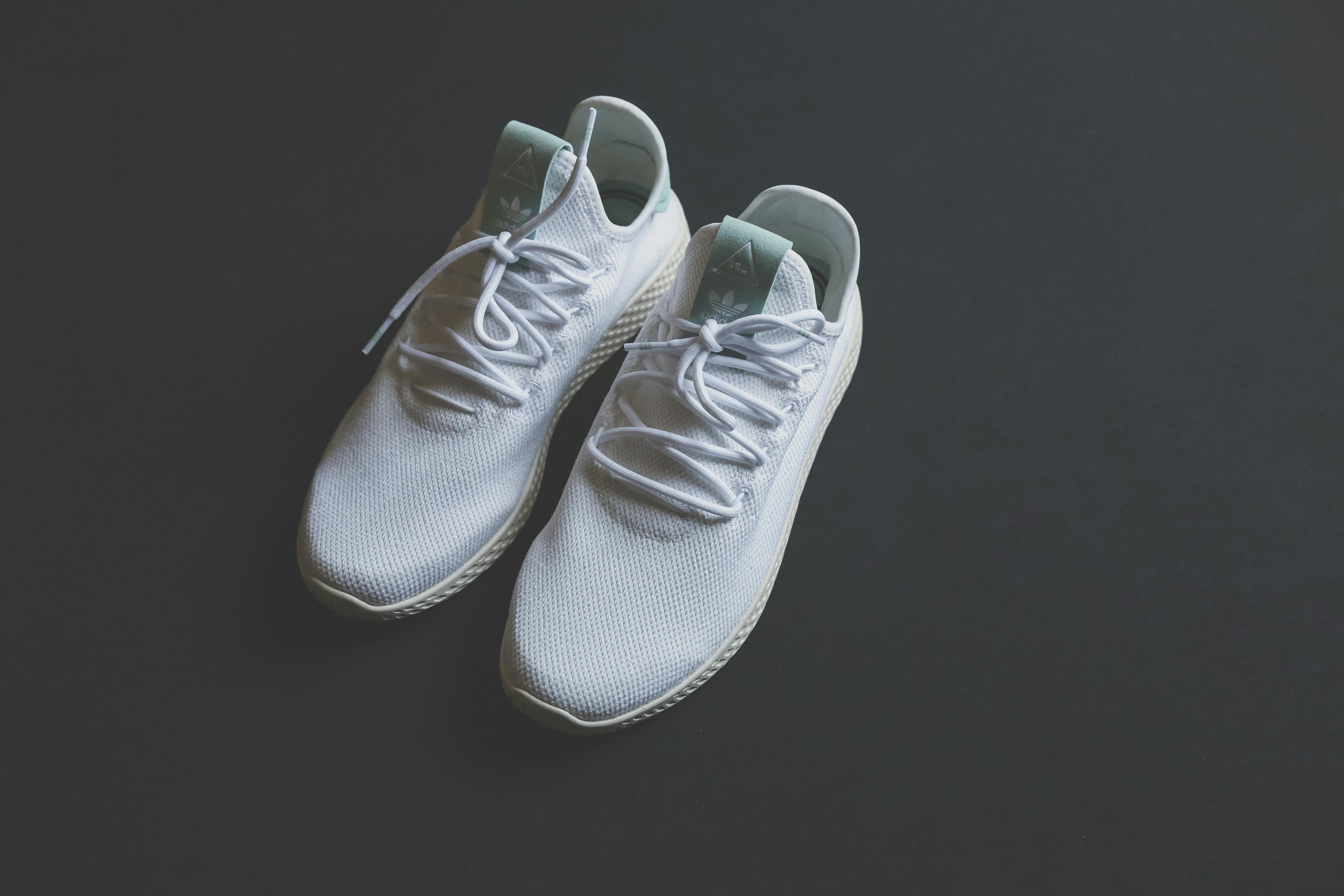How to Choose Bedspreads and Comforter Sets: Materials, Fit, Style, and Care
Selecting the right bedding can transform your bedroom into a comfortable sanctuary while reflecting your personal style. Bedspreads and comforter sets serve both functional and aesthetic purposes, providing warmth, comfort, and visual appeal. With countless materials, sizes, patterns, and care requirements to consider, making an informed choice requires understanding the key differences between bedding types and how each element contributes to your overall sleep experience and room design.

Choosing the perfect bedding involves more than picking attractive colors or patterns. The right bedspread or comforter set balances comfort, functionality, and style while fitting your lifestyle and maintenance preferences. This guide walks you through essential considerations to help you make confident bedding decisions.
What Are the Key Differences Between Bedspreads and Comforter Sets?
Bedspreads are typically lightweight, decorative bed coverings that extend to the floor on all sides, designed to cover the entire bed including pillows. They often feature woven or quilted construction without thick filling, making them ideal for warmer climates or layering. Comforter sets, by contrast, include a thick, quilted blanket filled with insulating material, usually paired with matching pillow shams and sometimes decorative pillows. Comforters sit on top of sheets and typically hang over the mattress sides without reaching the floor. Bedspreads offer a more formal, tailored appearance, while comforters provide plush warmth and a casual, inviting look. Understanding these functional differences helps determine which option suits your climate, aesthetic preferences, and practical needs.
Which Materials and Fillings Provide the Best Comfort and Warmth?
The fabric shell and interior filling dramatically impact comfort, warmth, and durability. Cotton remains the most popular shell material due to its breathability, softness, and easy care. Egyptian and Pima cotton varieties offer superior quality with longer fibers for enhanced durability. Microfiber provides an affordable, wrinkle-resistant alternative that mimics cotton’s softness. For fillings, down offers exceptional warmth-to-weight ratio and luxurious loft, though it requires careful maintenance and may trigger allergies. Down alternative (polyester fiberfill) provides hypoallergenic warmth at lower cost with easier care. Wool fillings regulate temperature naturally, wicking moisture while providing consistent warmth. Silk-filled comforters offer lightweight luxury and natural temperature regulation but command premium prices. Your choice should balance warmth needs, budget, allergy considerations, and maintenance preferences. Warmer climates benefit from lighter cotton or bamboo options, while colder regions may require down or thick synthetic fills.
How Do You Ensure Proper Sizing and Achieve a Layered Look?
Proper sizing creates a polished appearance and ensures adequate coverage. Measure your mattress dimensions and depth before shopping. Standard sizes include Twin (68x86 inches), Full (78x86 inches), Queen (86x86 inches), and King (102x86 inches), though dimensions vary by manufacturer. For deep mattresses or pillow-top designs, consider oversized options or those labeled for extra-deep beds. Comforters should drape 10-15 inches over each side for balanced proportions. Layering creates visual interest and functional versatility: start with fitted and flat sheets, add a lightweight blanket or coverlet, then top with your comforter or bedspread. Coordinate pillow arrangements with standard sleeping pillows, Euro shams for height, and decorative accent pillows in complementary sizes. This approach allows easy adjustment for seasonal temperature changes while maintaining an elegant, hotel-quality appearance.
How Can You Coordinate Style, Colors, and Patterns With Your Decor?
Your bedding serves as the bedroom’s focal point and should harmonize with existing decor. Start by identifying your room’s color palette and design style. Neutral tones (white, beige, gray) offer timeless versatility and easily accommodate changing accent colors through pillows and throws. Bold patterns make strong statements but may limit future decor flexibility. Consider the 60-30-10 rule: 60 percent dominant color (walls, large furniture), 30 percent secondary color (bedding, curtains), and 10 percent accent color (decorative pillows, artwork). Mix patterns thoughtfully by varying scale—pair large florals with small geometrics or stripes. Texture adds depth without color commitment; combine smooth sateen with nubby chenille or quilted fabrics. Modern minimalist rooms benefit from solid colors with clean lines, while traditional spaces embrace florals, damasks, or toile patterns. Seasonal rotation keeps your space fresh: lighter colors and breathable fabrics for summer, richer tones and plush textures for winter.
What Maintenance Practices Extend the Life of Your Bedding?
Proper care preserves appearance, comfort, and longevity. Check care labels before washing, as requirements vary by material. Most cotton and synthetic comforters tolerate machine washing in cold or warm water on gentle cycles. Use mild detergent and avoid fabric softeners that can coat fibers and reduce absorbency. Down-filled items require special care: wash infrequently with down-specific detergent, use low heat for drying, and add clean tennis balls to restore loft. Air-dry delicate fabrics or those with embellishments. Wash bedding every one to two weeks, comforters every three to six months depending on use. Between washings, shake and fluff comforters daily to maintain loft and prevent filling from clumping. Rotate your comforter end-to-end monthly for even wear. Store seasonal bedding in breathable cotton bags rather than plastic, which traps moisture and promotes mildew. Address stains immediately with spot treatment before they set. Professional cleaning suits delicate materials like silk or heavily embellished pieces. Investing time in proper maintenance significantly extends your bedding’s functional life and keeps it looking fresh.
Conclusion
Selecting bedspreads and comforter sets involves balancing practical considerations with aesthetic preferences. Understanding construction differences, material properties, proper sizing, style coordination, and maintenance requirements empowers you to choose bedding that enhances comfort, complements your decor, and provides lasting value. Whether you prioritize warmth, easy care, visual impact, or budget considerations, thoughtful selection ensures your bedroom remains a welcoming retreat for years to come.




